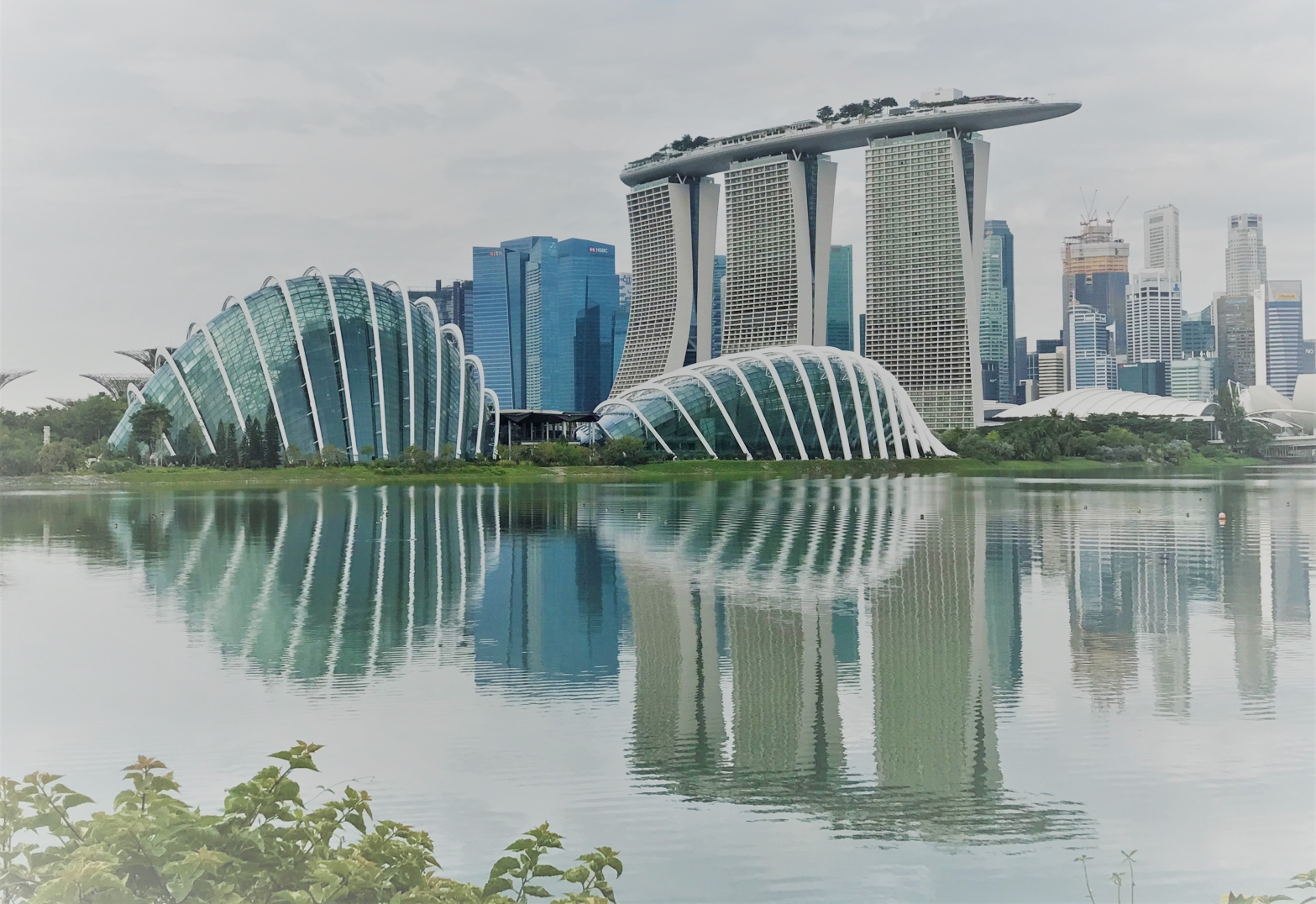It has been 3 months since I started on the ONL211 journey, and to be honest, I did not know what to expect when I signed up for it. I was attracted by one of the topics (blended learning), which caught my eye because it was highly relevant to what I was going to do this year. I thought I was going to learn about how to do blended learning, the best practices, tips and advice from educators that have done it. Well, it did not quite turn out the way I imagined.
What I ended up experiencing for the past 3 months was a bit like a roller-coaster ride…a mixed bag of feelings of excitement, anticipation and apprehension. I was excited to try the new online tools suggested by my PBL5 team mates (Christian was our tools guru), a bit confused about what to expect at every up-coming topic, and definitely apprehensive about the amount of work that we have to do.
First of all, I grossly underestimated the amount of time we had to spend on this program. I knew there were some communicated hours, but to really appreciate the social learning aspect of this program, I had wanted to spend more time diving into each topic and immersing myself into the content before our group work. Instead, I was playing catch-up amidst a very busy work schedule, barely had time to read up on the topic before going into our group discussions twice a week. At some point, I wished I had signed up for this during my off-peak workload time instead and I felt guilty about not contributing enough to the group discussion (the effect of social contract at work). Nevertheless, thanks to my wonderful group mates who somehow found the time and energy to get this going, we managed to complete all the group work for each topic.
One benefit of problem-based learning (PBL) was that we could do whatever we wanted, so we had fun experimenting with different online tools. However, navigating the multiple webpages, tools, resources and links all over the place was not the easiest, so I decided to summarise the tools we have used so far here. Having a single location to aggregate all the links and content is probably a useful point to consider when designing an online learning experience.
Online Tools used for ONL211 (PBL05 group)
Topic 1 – Online Participation and Digital Literacies
Thinglink – A visual collection of our findings on the topics (audio, videos, articles, links etc.)
Topic 2 – Open Learning (Sharing and Openness)
SimpleShow – A tool to create simple videos based on text and story-line.
Miro – A virtual white board for visualisation and collaboration.
Topic 3 – Learning in Communities
Perusall – A tool for students’ collaboration and comments, to facilitate social learning. Our experience is documented here.
Topic 4 – Design for Online and Blended Learning
Learning Designer – Tool for lecturers to create lesson plan considering various aspects of learning.
Loom – We used Learning Designer to create a blended learning program for ONL211 Topic 4 and explained our thinking in a Loom video.

Our group’s meme was ‘If you want to learn how to swim…just jump into the water‘. So despite the stress of time pressures and the apprehension of getting into unknown territory, I managed to somehow ‘swim’ amidst the chaos.
One of my biggest learning from ONL211 is the experience of journeying through ‘open learning’ and ‘learning community’. Being a digital marketing industry practitioner and subsequently pivoted my career to skills and competency-based training (CBT) for adult learners, my teaching has always been focused on skills acquisition that are outcome-driven. Our adult learners will always ask what is it that they will learn that is relevant to their job and industry, and I will always strive to meet the learning outcomes stipulated at the beginning of the course.
In the final webinar where participants shared their reflections, one of the participant commented that he was not sure he learnt what he intended to learn from ONL. That comment somewhat resonated with me and so I went back to the ONL website to look for the learning outcome at this point. There was none. Instead I found the pedagogical approach of ONL which highlighted problem-solving approach, openness and the collaborative process.
I had started out wanting to learn about the content topics such as blended learning. Instead what I found was that I had to do my own work to acquire the knowledge about the content topics myself. What I ended up learning from ONL is the process of social learning, collaboration with my team, and other incidental learning from the differences in culture and working styles. Somehow, I also learnt about my own learning style along the way. I realised that I preferred diving and exploring into one topic over a period of time instead of navigating through 1-hour sessions of webinars, group discussions in between work. Jumping from working to ONL learning resulted in ‘fragmented learning’ in my opinion, and had considerable ‘switching costs’ which was inefficient. I also reflected on how I could consider this in my own curriculum design for busy adult learners.
In the same session, another participant had commented that ONL is quite ‘Scandinavian’ in approach. I was not exactly sure what she meant but in my mind, I had beautiful images of snow-capped mountains and vast open lands beckoning me to explore. Maybe learning need not be purposeful all the time. I did not learn what I had planned to learn, but maybe it is ok…I learnt something else – exploring community social learning, and being open to any forms of learning, and enjoying the journey all the same.













